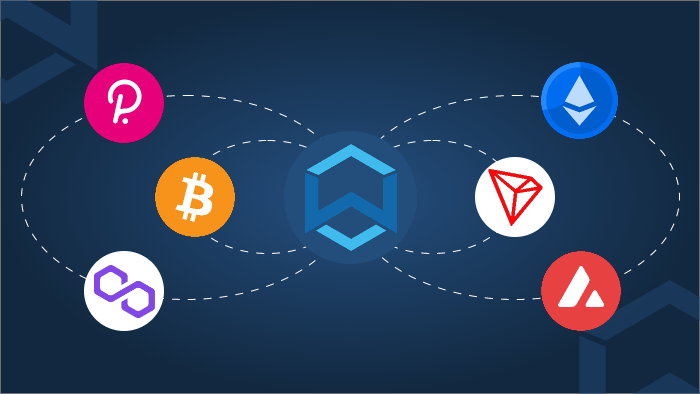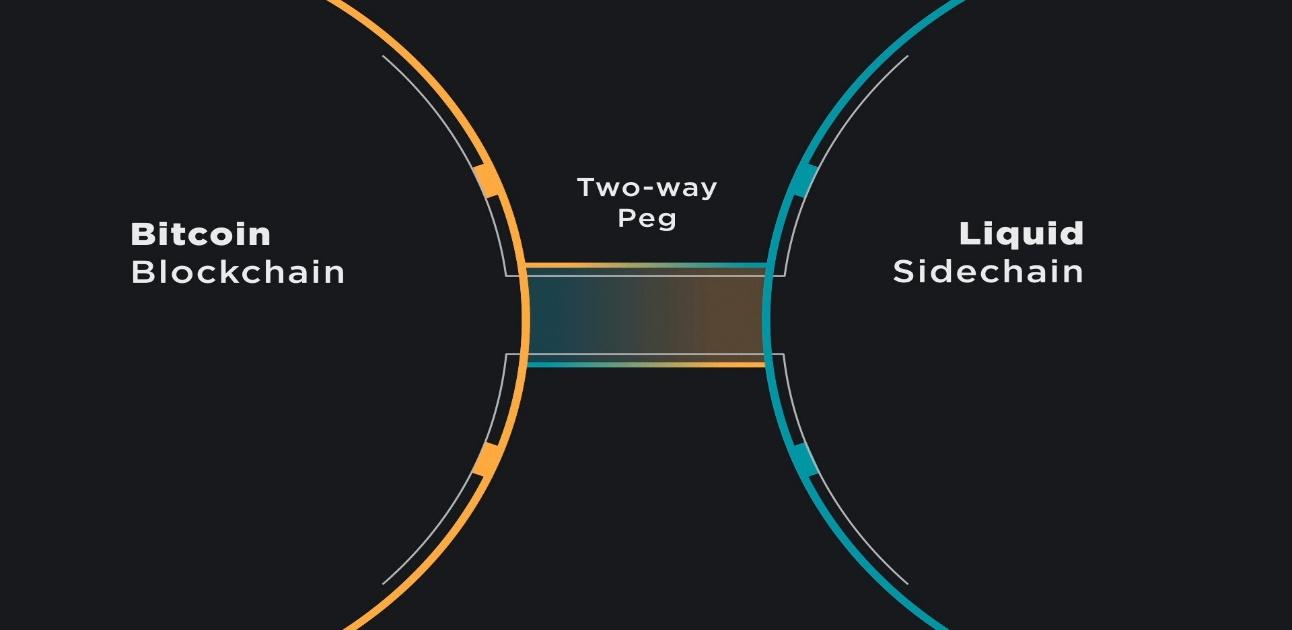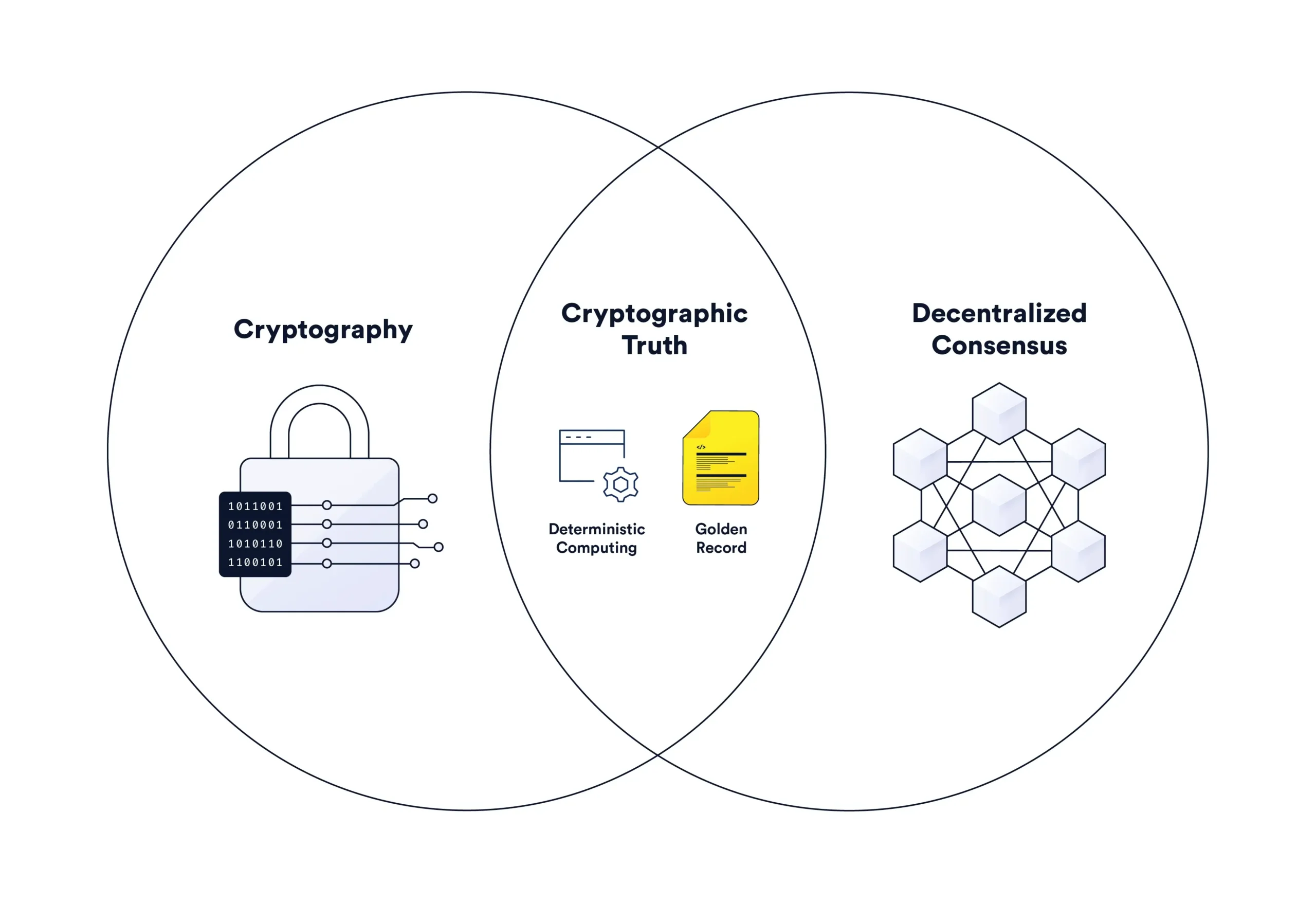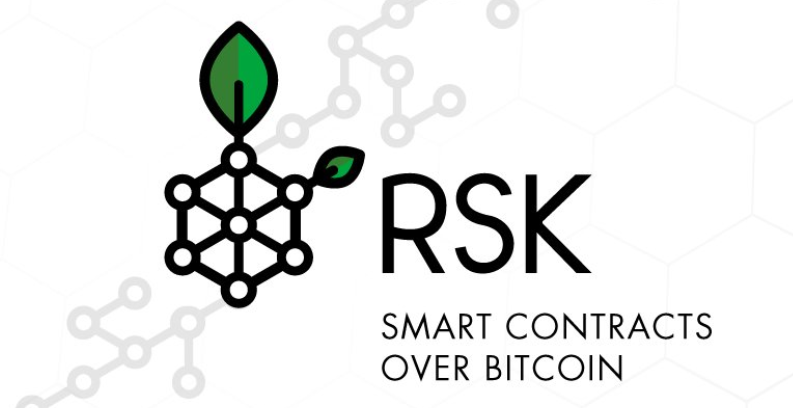
Let’s delve into the intricacies of sidechains, exploring how they work, the challenges they tackle, and real-world examples. Let’s answer the question that is: What are Sidechains?
What are Sidechains?
Sidechains are like a companion to blockchains that operate alongside the primary blockchain or main blockchain. In the dynamic world of blockchain technology, sidechains have emerged as a captivating concept that is designed to present solutions to some of the challenges of the decentralized network that prohibit it from operating at its maximum potential.
Key Challenges that Sidechains Address

The very first issue that every blockchain suffers from is the Scalability problem. The scalability problem is when more and more users are conducting a transaction on the blockchain network at the same time; it becomes difficult to see your transaction go through quickly.
Time delay is not something anyone wants to suffer from, and this is where sidechains have proved helpful in addressing the problems. The sidechains provide additional lanes for these transactions to go through; therefore, they help to eliminate the problem of network congestion on the main blockchain and ensure seamless completion of transactions.

Another feature that sidechains help to achieve for the main blockchain network is interoperability. Different blockchains are expected to collaborate and do it seamlessly. Sidechains help accomplish this goal as they allow data to move freely between them and the main blockchain. The feature helps different blockchains share information very easily and enables them to work together.
Example: Imagine that you have a decentralized application (DApp) built on the Ethereum blockchain that involves tokenized assets, such as non-fungible tokens (NFTs). Users engage with this DApp, buying and selling these assets within the Ethereum blockchain.
Now, suppose there’s another blockchain, Binance Smart Chain (BSC), which offers faster transaction processing or specific features that could enhance the user experience. To leverage the advantages of BSC, you would want to enable the seamless transfer of assets between Ethereum and BSC.
Here’s where interoperability comes into play: by implementing sidechains or other interoperability solutions, you could create a connection between Ethereum and BSC. It enables users to move their tokenized assets between these blockchains seamlessly, therefore enjoying the benefits of both ecosystems.
Different blockchains are designed to fulfill different roles. Some blockchains are designed to carry the transferring of data from one point to another in a secure manner; for example, they help maintain an updated ledger of records for a large organization.

Others are designed to handle cross-border transactions, eliminating the need for an intermediary to provide cost-efficient solutions. Sidechains help in the creation of such tailored features and applications without altering the core protocols of the main blockchain. Therefore, they help maintain the Specialization characteristic of the main blockchain.
The applications of sidechains extend across various industries, from finance and healthcare to supply chain management. The ability to customize blockchains for specific purposes opens doors to innovative solutions, potentially revolutionizing how certain industries operate.
Understanding these practical applications showcases the versatility and adaptability of sidechains, positioning them as a valuable tool for blockchain developers and businesses seeking tailored solutions within the decentralized landscape.
How Sidechains Work
Now that we know what sidechains are and what roles they fulfill let’s dive deeper and look into how they function. To understand the workings of sidechains, we need to take a look into the technical intricacies that enable these parallel chains to integrate with the main blockchain and allow for seamless completion of operations.
The Two-Way Pegging System

At the core of sidechain functionality lies a concept that is called two-way pegging. Two-way pegging is essentially a bridge that connects the main blockchain and the sidechains.
To enter the sidechain, users must lock up a certain amount of assets in the main blockchain, which will allow them to enjoy the perks of the associated sidechains.
Once a user locks these assets in the main blockchain, a similar amount of assets is released on the sidechain. It ensures that the value of the sidechain is backed by the assets on the mainchain, which, in turn, helps maintain a secure and balanced connection between the two chains.
Security Measures

Just like any blockchain, sidechains also need to maintain the security and integrity of the data that they hold.
Various cryptographic techniques and consensus algorithms are employed in sidechains, just like in blockchains, to safeguard the transactions and ensure that the assets moved between the mainchain and the sidechains remain secure and aren’t tampered with.
The security measures employed here help to contribute to maintaining the data integrity of the entire system. For instance, when users transfer assets or execute smart contracts within the sidechain, cryptographic algorithms ensure that the data is encrypted, making it extremely challenging for unauthorized parties to access or manipulate the information.
Decentralized Consensus

A key element in the workings of sidechains is the implementation of decentralized consensus mechanisms. It involves a network of nodes collectively validating transactions and securing the sidechain.
Common consensus mechanisms include Proof of Work (PoW) or Proof of Stake (PoS), ensuring that the sidechain operates in a decentralized and tamper-resistant manner.
Example: Similar to the Ethereum mainchain, the sidechain utilizes a consensus algorithm, which in this case is Proof of Stake (PoS), to validate and confirm transactions.
Nodes in the network reach consensus on the validity of transactions, providing a secure and trustworthy environment. The consensus mechanism ensures that the assets moved between the mainchain and the sidechain are verified and legitimate.
Real-World Examples
Let us look at some real-world examples of sidechains that were designed to support their respective mainchains. We will look at what familiar blockchains have sidechains designed to assist them and what tasks they perform, along with the individual key features of each sidechain.
Liquid Network (Bitcoin sidechain project)

Key Features
Liquid network is a sidechain project of the Bitcoin blockchain that is designed to enable Fast settlement in 2 minutes, which is significantly faster than Bitcoin’s settlement time of 10 minutes. The quick transaction settlement is achieved by employing a different consensus mechanism with fewer miners.
The Liquid network employs Confidential Transactions (CT) to hide transaction values, which is instrumental in ensuring privacy and preventing transaction analysis as well as price manipulation.
Asset Issuance is another key feature of this network as it enables the creation of stablecoins and security tokens on Bitcoin, therefore expanding its financial capabilities.
Finally, this network helps in Non-custodial atomic swaps by allowing direct exchange of assets between parties without intermediaries, enhancing security and control.
Use Cases
One notable application of the liquid network lies in the streamlined process of Exchange-to-Exchange transfers, particularly concerning large Bitcoin transactions.
By leveraging sidechains, the transfer of significant amounts of Bitcoin between exchanges becomes more efficient, reducing settlement delays and mitigating counterparty risk.
The improvement in the transfer process contributes to a smoother operation within the cryptocurrency exchange ecosystem.
Additionally, this sidechain project plays a crucial role in facilitating Over-the-Counter (OTC) trading activities. In the realm of OTC trading, where large-scale trades occur between institutional investors, sidechains offer a solution for maintaining confidentiality.
It is especially significant as institutional investors often deal with substantial sums and sensitive market strategies. Liquid network provides a secure environment that safeguards sensitive information, ensuring that OTC trades are executed with an added layer of privacy and security.
Rootstock (Bitcoin Sidechain Project)

Key Features
Rootstock (RSK) is a groundbreaking sidechain project of the Bitcoin blockchain, introducing key features that extend the capabilities of Bitcoin into the realm of decentralized finance (DeFi), non-fungible tokens (NFTs), and advanced decentralized applications (dApps).
One of the standout features of RSK is its ability to bring Smart Contracts to the Bitcoin network. It is made possible through compatibility with the Ethereum Virtual Machine (EVM), enabling developers to create and deploy smart contracts on RSK. By doing so, RSK opens up Bitcoin to the diverse world of DeFi, NFTs, and advanced dApps.
RSK facilitates seamless asset transfers between Bitcoin and its network. With the help of a Two-Way Peg, users can leverage the security of Bitcoin while benefiting from the flexibility provided by RSK.
The interoperability ensures a smooth exchange of assets, enhancing the overall utility and efficiency of the two interconnected blockchains.
Rootstock also empowers its token holders by implementing a Decentralized Governance model. RSK token holders can actively participate in voting on platform upgrades and improvements. The democratic approach enhances the community’s involvement in shaping the evolution of the RSK ecosystem.
Use Cases
RSK opens up new horizons for decentralized finance by enabling the creation of lending, borrowing, and yield-generating protocols on its platform. It extends Bitcoin’s financial potential, providing users with a broader range of financial services within a decentralized framework.
A significant use case for RSK is the tokenization of real-world assets, such as securities or loyalty points. By leveraging the security of the Bitcoin blockchain, RSK offers a robust foundation for representing and managing various assets in a tokenized form.
RSK facilitates the development of secure and transparent gaming experiences through smart contract-based gaming applications. Developers can leverage the capabilities of RSK to create decentralized applications that ensure fairness and transparency in the gaming ecosystem.
Polygon (Ethereum Sidechain Project)

Polygon is more accurately described as an Ethereum scaling solution rather than a completely independent blockchain. It functions as a framework for building and connecting Ethereum-compatible blockchain networks, with its core component being a Proof-of-Stake (PoS) sidechain called the Polygon PoS Chain.
Key Features
Polygon serves as a robust scalability solution for Ethereum, effectively addressing issues related to network congestion and high fees.
Leveraging techniques such as proof-of-stake sidechains and optimistic rollups, Polygon provides a scalable infrastructure that significantly improves the overall performance of the Ethereum network.
With Polygon, users benefit from fast and cost-effective transactions compared to the Ethereum mainnet. The sidechain’s optimized architecture ensures swift processing at a fraction of the cost, making it an attractive alternative for users looking to avoid high transaction fees on the main Ethereum network.
Polygon maintains compatibility with the Ethereum Virtual Machine (EVM) by tapping into the extensive tools and decentralized applications (dApps) ecosystem already established on Ethereum. The compatibility streamlines migration processes and encourages seamless development within the Ethereum ecosystem.
Use Cases
Polygon helps developers to launch and scale decentralized applications (dApps) across various sectors, including DeFi, NFTs, and gaming. By mitigating Ethereum’s limitations, developers can create and expand dApps with enhanced speed and efficiency.
For NFT projects, Polygon offers a favorable environment with lower fees and faster processing times, which makes it an ideal choice for high-volume NFT initiatives, providing a more efficient platform for minting and trading digital assets.
Polygon facilitates the deployment of mass-adoption applications by enabling micropayments and low-value transactions. It proves beneficial for real-world use cases such as ticketing systems and supply chain management, where cost-effective and quick transactions are crucial.
Challenges associated with Sidechains
So far, we have explored the benefits, key features, and use cases of employing sidechains in parallel with the main blockchains. However, like any other technology associated with the world of decentralized finance, sidechains also carry some challenges that the readers should know about.
Security Concerns
It sounds surprising that we are discussing security concerns here when we have mentioned above how sidechains help in achieving secure conclusions of transactions.
While cryptographic techniques and consensus mechanisms are implemented to secure transactions, any vulnerabilities in the design or implementation could create some further risks. Therefore, to maintain design integrity, it is vital to implement a protocol that is tampered-proof and without any loopholes to exploit.
Ensuring the robustness of security measures is critical to maintaining the trustworthiness of the entire blockchain system.
Consensus Mechanism Impact
The choice of consensus mechanism in sidechains can impact their overall performance and security. For example, while Proof of Work (PoW) is known for its security, it comes with energy-intensive requirements.
On the other hand, Proof of Stake (PoS) offers energy efficiency but introduces different considerations. For example, an attacker with a significant stake could attempt to rewrite blocks far in the past, potentially affecting transactions that were considered settled.
Potential Impact on Decentralization
Implementing sidechains may raise concerns about decentralization. Depending on the design and governance structures, sidechains could introduce centralization risks, especially if the pegging mechanism is not adequately decentralized.
Imagine Liquid Network is governed by a consortium of trusted entities (such as exchanges or large companies). The consortium controls the pegging mechanisms, including issuing and burning Liquid Bitcoin (L-BTC) in exchange for real Bitcoin on the mainchain.
In this scenario, the control over pegging rests in the hands of a relatively small group of entities, potentially compromising the decentralization of the entire system.
Decisions regarding peg stability, transaction fees, and even emergency measures could be centralized, raising concerns about censorship and manipulation.
Conclusion
Sidechains offer a promising solution to blockchain’s scalability and functionality limitations. They enhance speed, lower costs, and enable innovative features without altering the main blockchain. From DeFi to NFTs, their applications unlock exciting possibilities. However, security concerns, centralization risks, and the impact on consensus mechanisms warrant careful consideration. While embracing the potential of sidechains, responsible use and critical assessment is always crucial.




